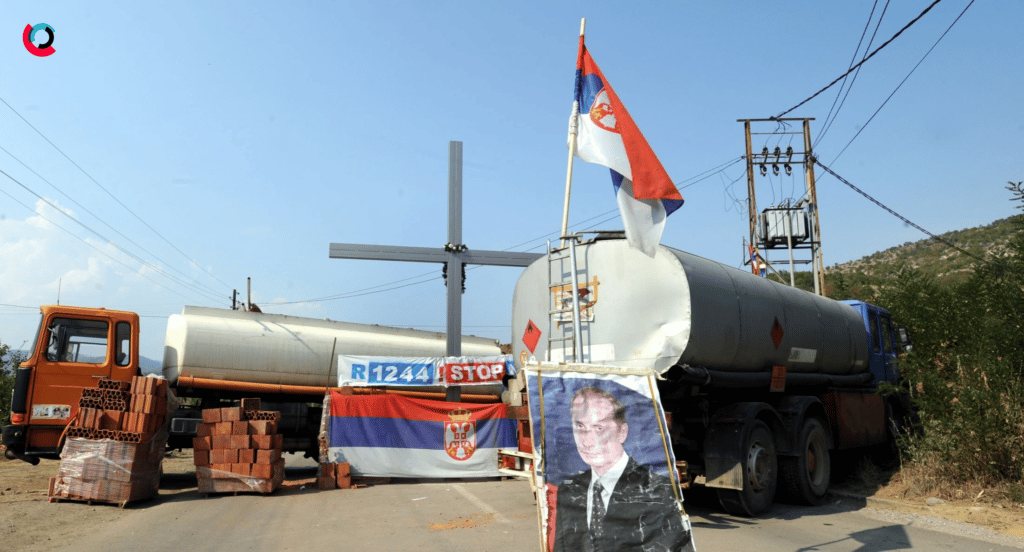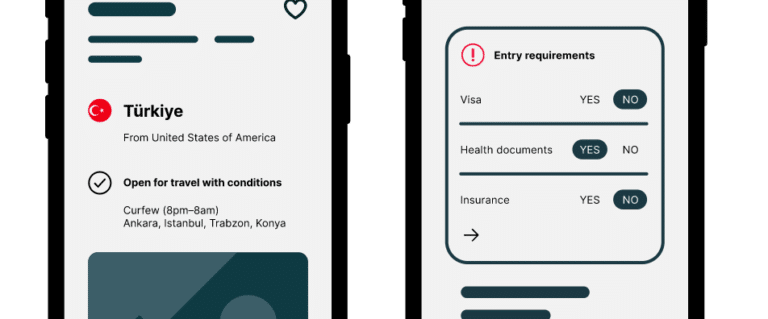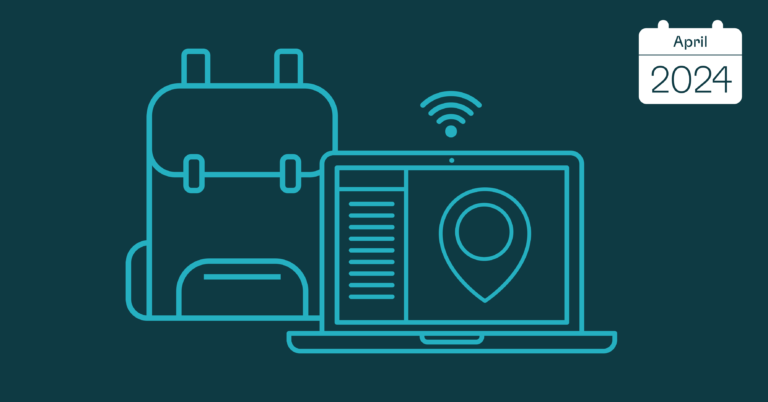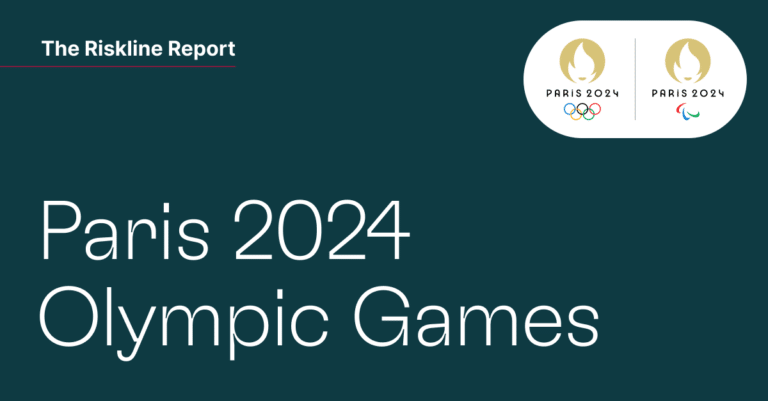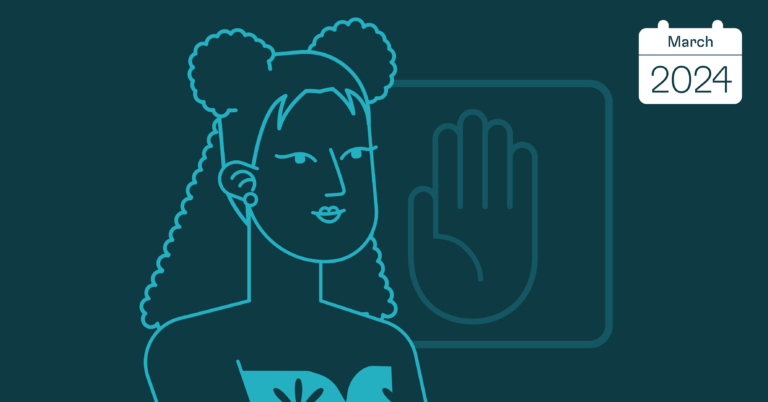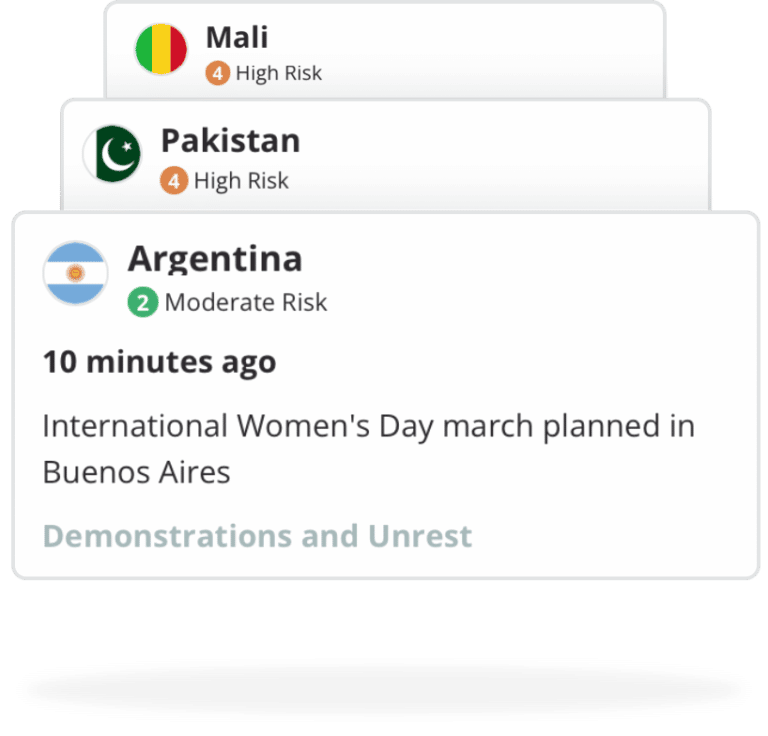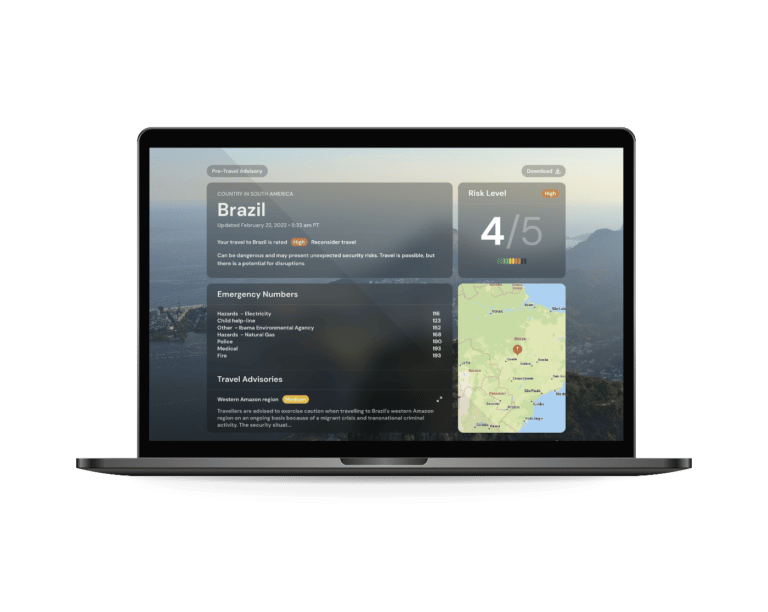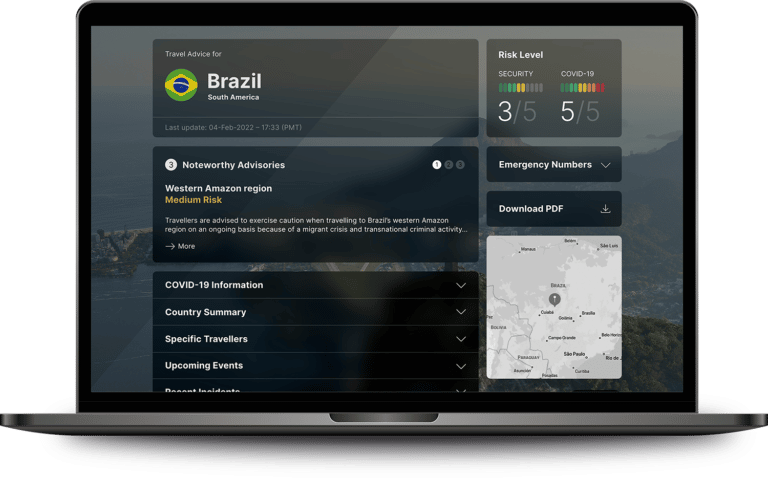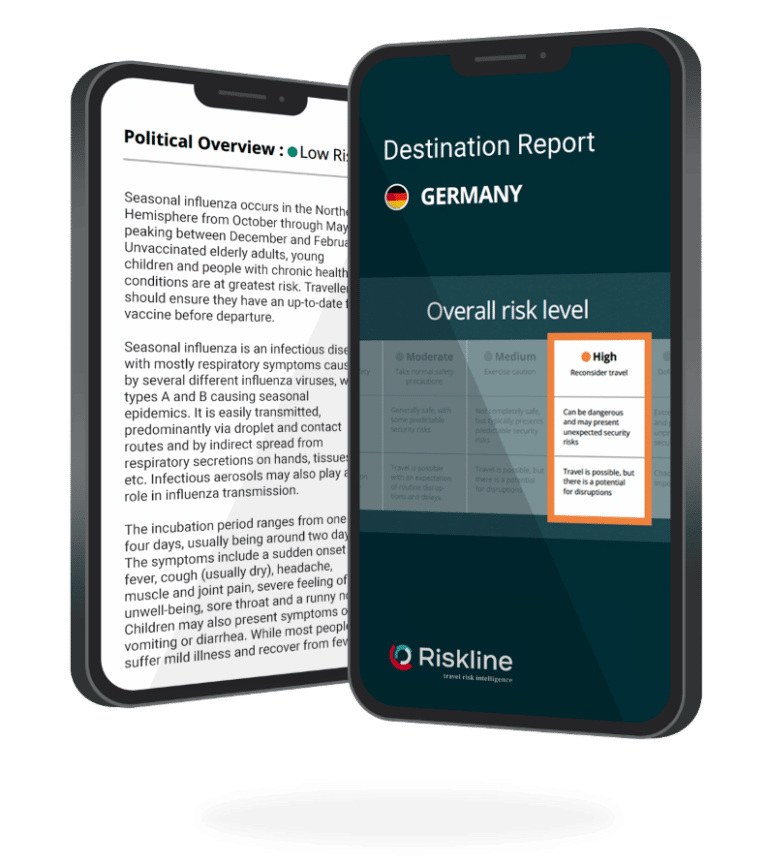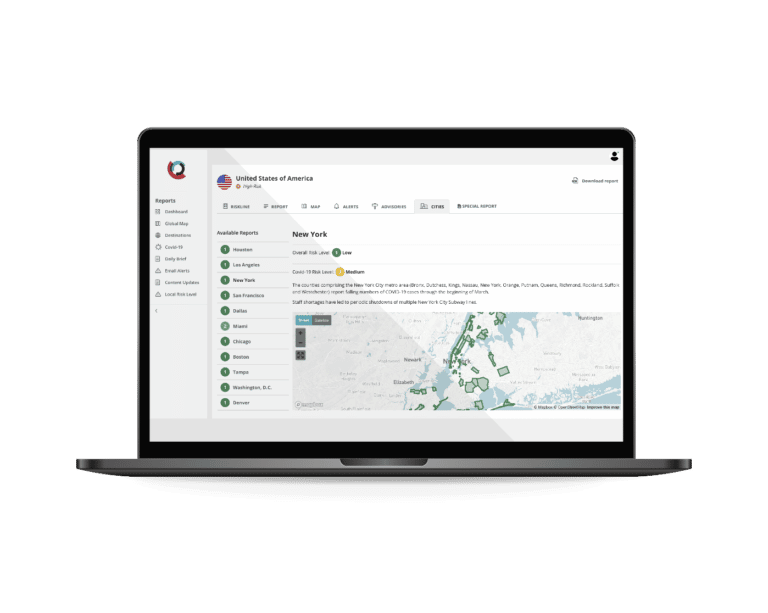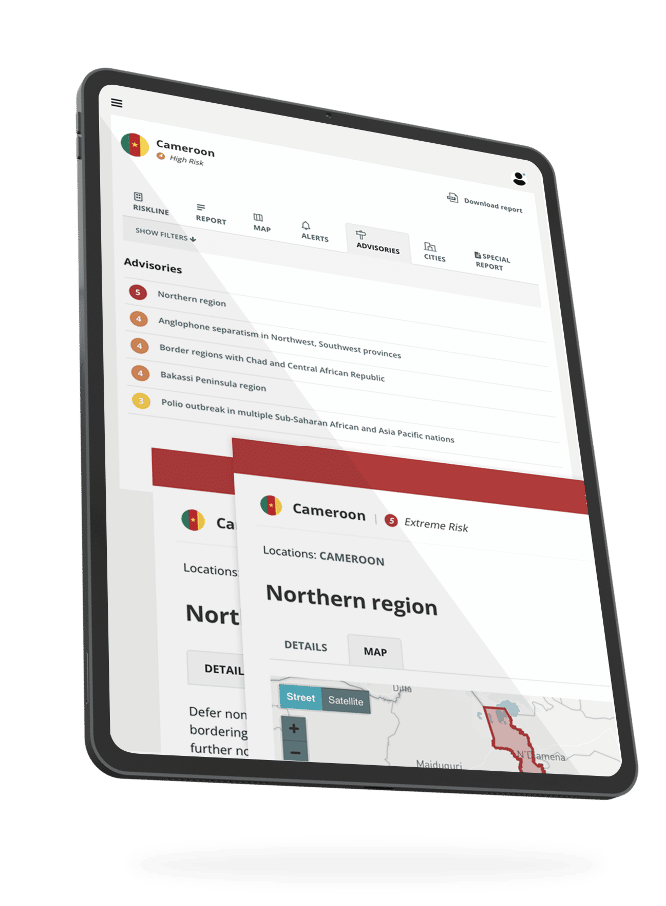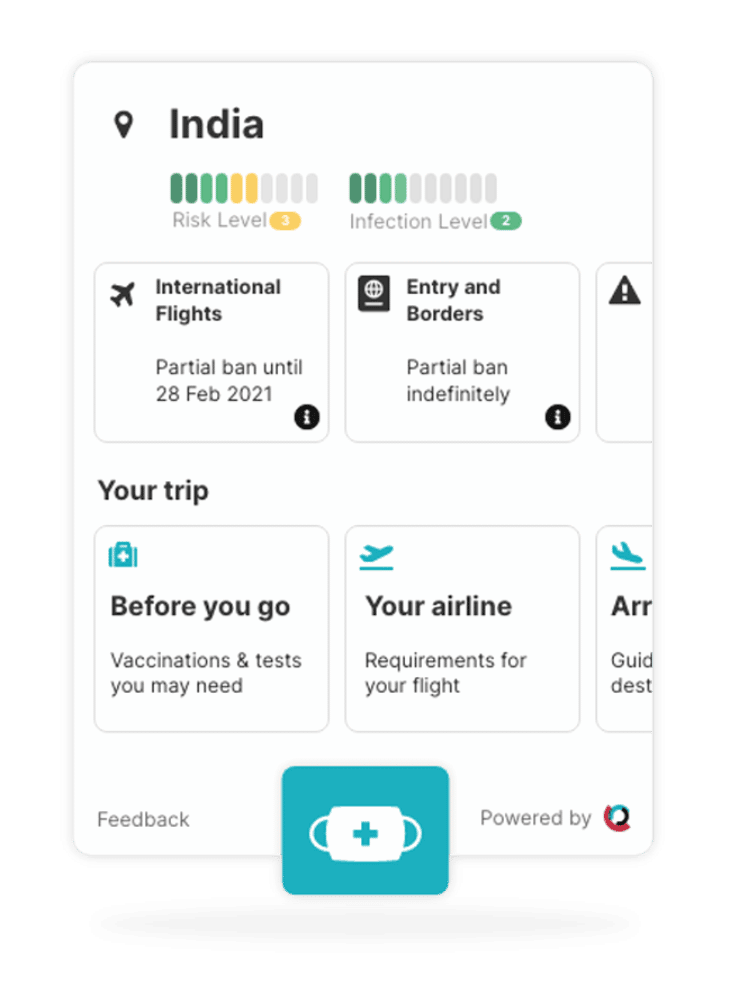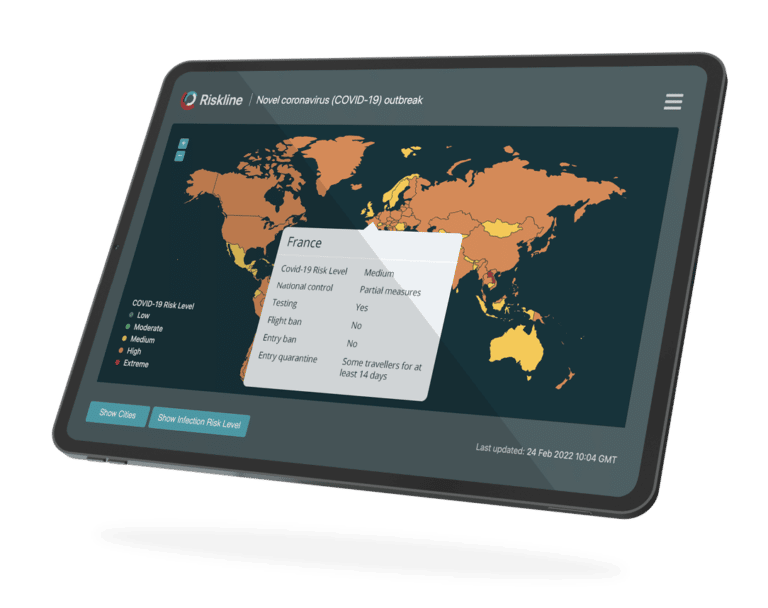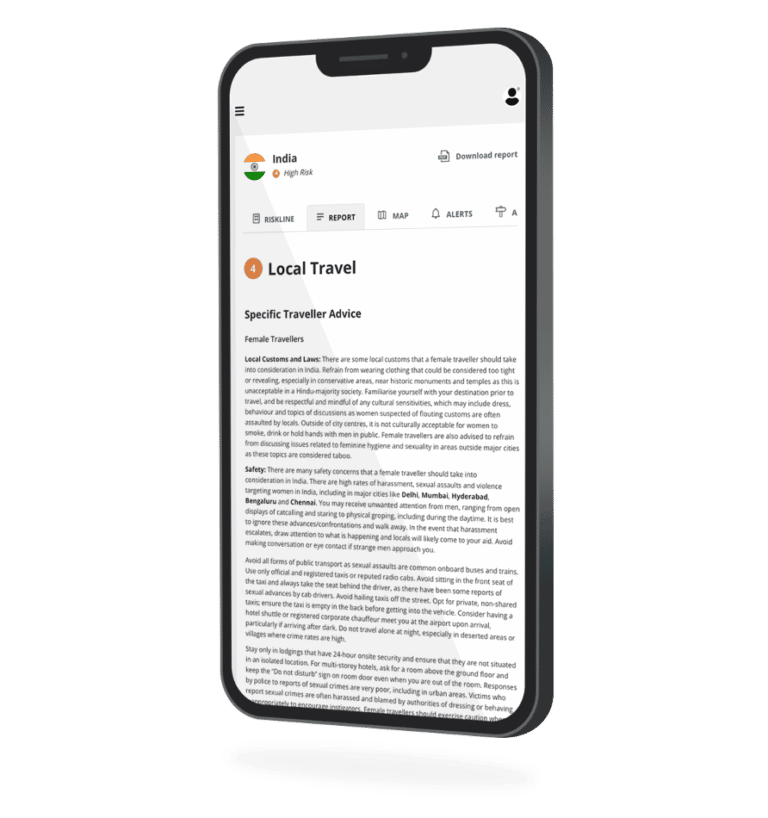By Nikita Billier
Introduction
A sudden flare-up of tensions between Serbia and Kosovo occurred in July 2022, following the announcement by the Kosovar authorities of new border rules that were to come into force on 1 August. Moscow immediately made it clear that Russia unconditionally supported Serbia and stood by the Kosovo Serbs. On 14 August, the North Atlantic Treaty Organisation (NATO)-led mission in Kosovo (KFOR) made it clear that it would intervene if the stability of Kosovo was jeopardised.
This sudden rise in tension sent shockwaves throughout the Balkans, with many fearing the outbreak of a new conflict on European soil amid the ongoing Ukraine-Russia War. However, tensions in Kosovo were reduced after the US and the EU put pressure on Pristina, which finally announced a 30-day postponement of the implementation of border rules late on 31 July. For now, the crisis between Pristina and Belgrade remains local rather than regional.
Could northern Kosovo become a new Donbas?
According to the new regulations, ethnic Serbians in Kosovo will have to apply for local number plates for their cars, replacing their Serbian plates. Just hours before the deadline, many Kosovo Serbs in northern Kosovo set up barricades and blocked access to the border, leading to clashes with local police. Shots were reportedly fired at law enforcement officials, though no casualties were reported, while air raid sirens sounded for a long time in Mitrovica. On the other side of the border, the Serbian Army was put on alert and special forces units were deployed to the border, where the Brnjak and Jarinje crossing points were closed to traffic. Serbian President Aleksandar Vučić, while ostensibly calling for restraint, announced that if Serbs were “persecuted” in any way, Serbia would intervene militarily.
However, a member of the ruling Serbian Progressive Party, Vladimir Đukanović, said that Serbia would be forced to begin the “denazification of the Balkans”, in direct reference to the “denazification” that Russian President Vladimir Putin had announced during his offensive against Ukraine in February 2022. But Serbia is not Russia, and Kosovo is not Ukraine. Kosovo declared itself independent from Serbia in 2008 after a bloody separatist conflict that began in 1997. In 2012, Kosovo gained full sovereignty, as international supervision was officially lifted. In 2018, of the 193 United Nations (UN) member states, 144 have recognised Kosovo, although two permanent members of the Security Council (UNSC), Russia and China, have opposed it. For its part, the government in Belgrade continues to regard Kosovo as a breakaway province. The Serbian population in northern Kosovo is largely loyal to the government in Belgrade, which generously supports the community financially.
Serbian President Aleksandar Vučić, a former far-right activist from Slobodan Milošević’s cabinet, is certainly using the tensions to stay in power, and there are fears that Moscow is using Serbia to destabilise the Balkans, and thus divert attention from the war in Ukraine. But the Serbian president cannot be considered as a mere puppet of Putin, ready to start a war under his orders. Indeed, Vučić does not want to alienate the European Union (EU). Serbia, which has been negotiating its EU membership since 2013, is trying to strike a balance: on the one hand, it receives EU funds, on the other hand it does not participate in Western sanctions against Russia and continues to receive relatively cheap gas from Russia.
The decree of Kosovar President Albin Kurti, which triggered the roadblocks, had already been announced last year, and is therefore not to be seen directly in the context of the war in Ukraine, but rather as a countermeasure to the fact that Serbia has not recognised Kosovar documents for several years, and as a claim by Kosovo to its sovereign rights over predominantly Serb-populated areas in which the Kosovar state has de facto no control. If a link is to be made with the war in Ukraine, it is rather to be found in a certain feeling of frustration in Kosovo towards the EU, notably because of the visa facilities, which are still not granted. Many Kosovars feel that the current Ukrainian conflict has put Kosovo’s fate on the back burner, and it is not impossible that the Kosovar authorities want to attract the EU’s attention again by comparing themselves to Ukraine.
Another essential factor that argues against military escalation and that fundamentally distinguishes the situation from Ukraine is the fact that NATO is engaged in Kosovo. KFOR authorities made it clear on 14 August that it would intervene if the stability of Kosovo was jeopardised. In this case, Serbia’s military would be fighting against NATO again – a scenario that is highly unlikely at the moment – and Russia would find it difficult to support Serbia given that Serbia’s neighbours are NATO members who can close their airspace to Russian planes.
Summary
Despite fears that the high tensions of late July 2022 between Kosovo and Serbia herald a new conflict indirectly involving NATO and Russia, there is no reason to believe today that the crisis will not remain local. Serbia does not seem to want to take the risk of ruining its EU candidacy and the presence of KFOR in Kosovo means that any armed action that would hypothetically be led by Serbia and supported by Russia would directly clash with NATO forces, unlike in Ukraine. The spiralling international risks of such a confrontation make it unlikely for the moment.
Nikita Billier is a France-based political and security risk analyst covering Europe.

